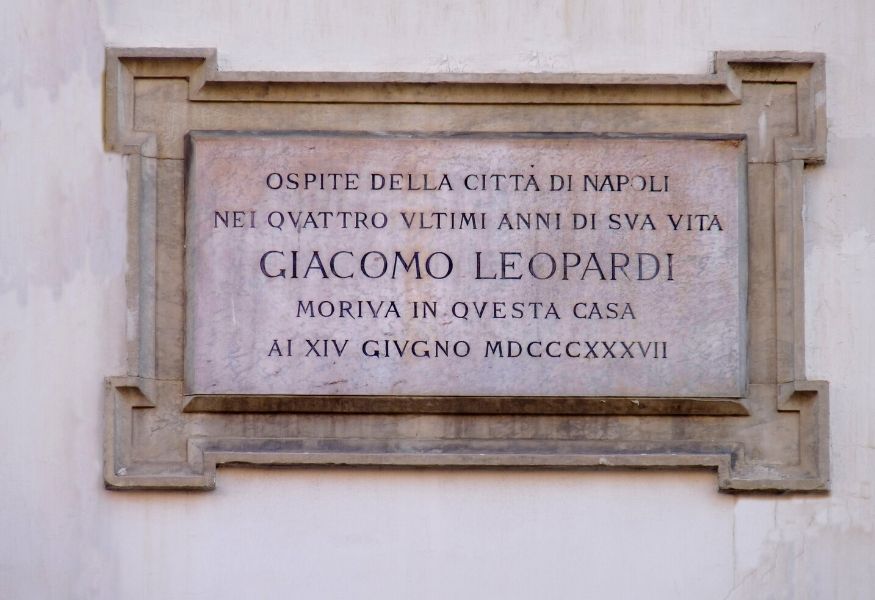The link between Naples and art in all its forms is a concrete concept, not at all abstract, in every single facet. Literature too is part of this sort of magic circle, and the deep relationship between the illustrious and magnificent Giacomo Leopardi and the Neapolitan city is one of the great examples.
As a happy continuation of the link between the poet from Recanati and Naples even today, there is great news for Leopardi lovers. A few days ago, an evocative autograph of the then 16-year-old Giacomo Leopardi was discovered, now in the National Library in Naples.
Pieces of history rediscovered: Leopardi's autograph manuscript
The discovery of an autograph manuscript by the historic author of Recanati is one of those to be marked on the calendar, of truly gigantic importance. In fact, scholars Marcello Andria and Paola Zito have found a "little notebook" belonging to the author himself among Leopardi's papers, documents dating back to the period when he was only 16 years old. The book consists of four half-sheets, folded in the middle to make eight pages. Inside, there is the fascinating writing left by Leopardi's pen, a fluid calligraphy that can be understood even centuries later.
As Andria and Zito themselves stated when they presented the discovery, the autograph shows the immense and insatiable hunger for knowledge on the part of Leopardi, a regular visitor to the library owned by his father. In the notebook, the author makes a careful study of the figure of Flavius Claudius Julianus. He was the last openly pagan Latin ruler, nicknamed Julian the Apostate. Leopardi carries out this meticulous analysis by skilfully using an authoritative edition by Ezechiel Spanheim, published in Leipzig in 1696.
The relationship between Giacomo Leopardi and Naples

The bond between Giacomo Leopardi and Naples is what most characterises the last phase of the poet's life, the period leading up to his untimely and sad death. It all began with the numerous invitations to the city sent to him by his dear Neapolitan friend Antonio Ranieri. The year of Leopardi's fateful arrival in Campania was 1833, and he would never leave it again, neither in body nor in spirit. His historic home was in Vico Pero 2, near the Ranieri family home, on the road from the National Museum to the Royal Palace of Capodimonte. However, he spent his summers at Villa Ferrigni in Torre del Greco, owned by the husband of one of Ranieri's sisters.
It was from Villa Ferrigni that Leopardi was able to admire the magnificence of the city as best he could, a total immersion in the Nature that was always present in all its nuances throughout his literary life. It was from those serene sojourns that La Ginestra, the author's penultimate lyric and certainly one of his densest and most representative, was born. The following year, in 1837, Giacomo Leopardi died on 14th June, directly in his flat in Vico Pero 2, officially due to 'pulmonary dropsy'. After several vicissitudes, his coffin has been in Vergiliano Park in Piedrigotta since 1939.
The bond between our Naples and Leopardi is and will eternally remain a bond of a superior nature, which goes beyond the flesh, penetrating the soul and spirit. With each new literary discovery about the genius of Recanati, his soul will acquire new rays of sunshine through which to shine against the signs of time.










Lascia un commento